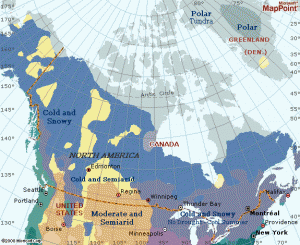Your task is to take the story about how evil comes into the world, from King’s text, and change it to tell it. First, learn the story by heart, and then tell the story to your friends and family. When you are finished, post a blog with your version of the story and some commentary on what you discovered. If you want, you can post a video of you telling the story, in place of text.
———————————————————————————————————-
Everything is a story, from the conversations we have, to the news, to textbooks we read. Stories vary in believability, form, and structure. My story may look different from those you would expect. With that being said, I have a great story to tell you.
The creation of evil doesn’t begin with a time immemorial, it starts with the development of human consciousness. Everything that ever lives is faced with a continuous struggle, the need to survive. Animals consume each other and sacrifice their young to avoid being killed. In some species, the stronger siblings kill their younger relatives to reduce the amount of food required to sustain the family’s life. In primates, when one chimp defeats another in combat and becomes the alpha male it is not unusual for him to hunt down the offspring of the previous alpha and kill them. These activities occurred for millions upon million of years before morality became a question. Until a rogue branch of animals descended from primate lineage developed brains of sufficient mass that were capable of reasoning about their own actions, and the intent of others.
This is called Theory of Mind, the ability to see oneself as a distinct and separate being from everyone else, and being able to adopt the perspective of another creature or person. Theory of Mind doesn’t develop in humans until at least the age of three, from what we understand, and until then people are as self-serving as their animal brethren are.
When humans developed this ability to see through another person’s eyes, they simultaneously won and lost in every competition. They understood that fighting over territory meant that one group would attain greater odds for survival, and the other would have to spend time searching for somewhere to live, risking their lives at the same time. They understood that killing someone held the same loss of life, and potential, and held the same meaning as being killed them self. With this understanding came the pull for morality, what is justified and okay, and what is wrong? As our ancestors began living in groups they evaluated the risks that other members posed to them, and mulled over the best outcome for themselves. In order to succeed as a group, rules would need to be created and their reasoning would have to be justified. These rules became integrated into every group because they enabled cooperation, growth, and survival. Those who chose not to live by these rules were perceived as a threat and were exiled from the community and forced to survive on their own, most did not survive. As time passed and societies that followed these rules prospered, they became ingrained within the developing culture, and their creation was questioned less and less. The rules became morals, and they defined what was deemed decent. “Why must we follow the rules?”, the people started to ask. I imagine earlier people would have said, “because, that’s the way they’ve always been”. The more keen individuals began creating explanations for how things came to be, in order to satiate these questions, and avoid people from trying to destroy these rules, this comfortable living. The explanations began with the divine (they were created by gods), then reinvented within the Old Testament (the ten commandments were the “new” moral code), then secularized (laws of the government). Any act that conflicted with these established morals was considered evil. In truth, “there is nothing either good or bad, but thinking makes it so”.
Once you have told a story, you can never take it back. So, be careful of the stories you tell, and the stories you listen to.
——————————————————————————————–
The people I had told this story to questioned its viability as a story. It didn’t begin like stories, it wasn’t narrated like prototypical stories, and it seemed more like an amalgamation of information. I think that we have ideas about what stories should be, but don’t realize that everything we communicate conveys a story.
Many disliked it, and thought the differentiation of good and evil were inborn.
Works cited:
Soraya, Lynne. “Empathy, Mindblindness, and Theory of Mind”. Psychology Today. Psychology Today., 19 May. 2008. Web. 29 May 2015.
Castello, Molly. “On the Origins of Morality”. Psychology Today. Psychology Today., 26 Sep. 2013. Web. 29 May 2015.
